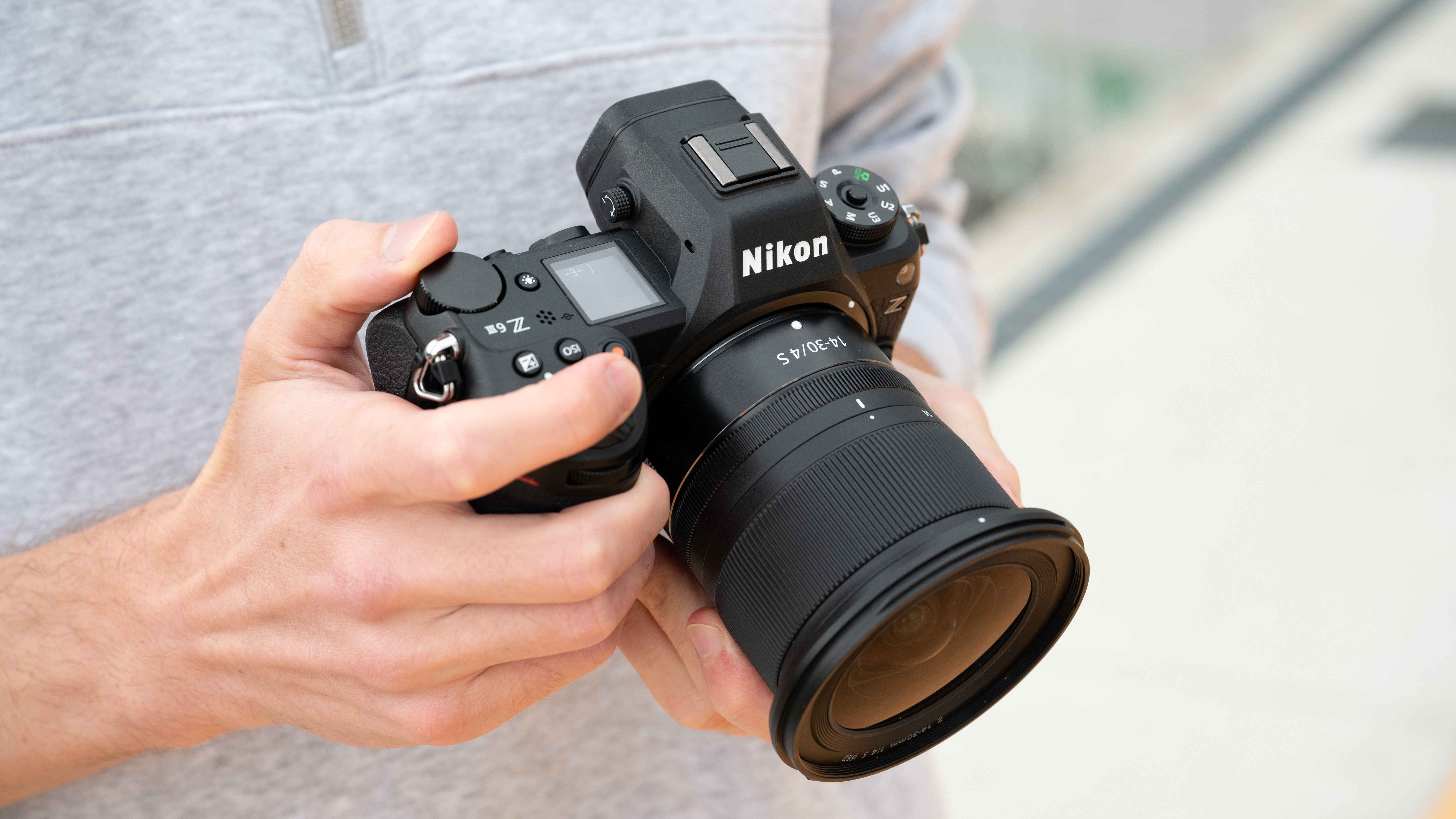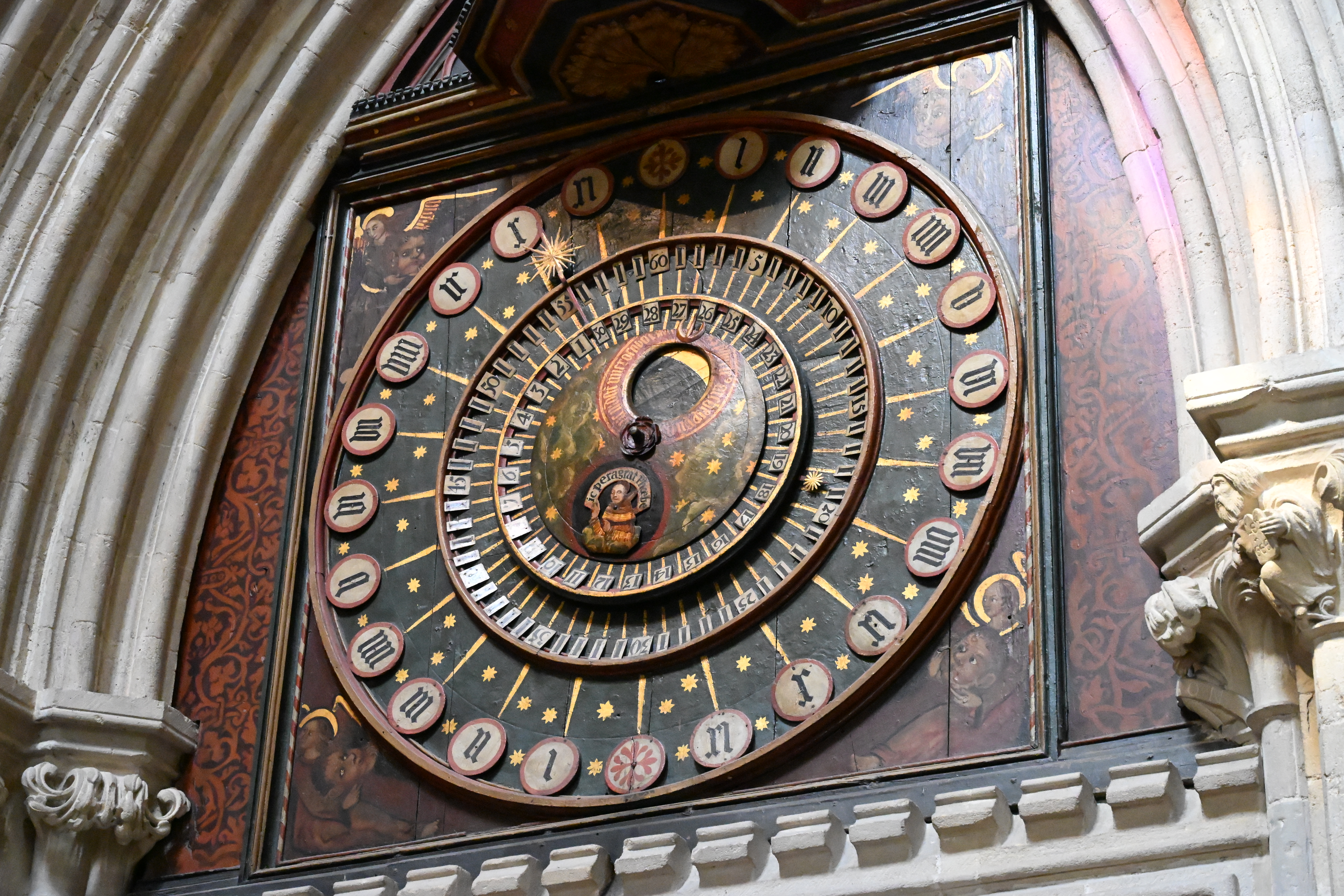
The new partially stacked image sensor in the Nikon Z6 III gives a big performance boost, compared with the conventional sensor in the previous generation Nikon Z 6II camera. The faster data readout speed brings headline attractions that include blistering burst rates of up to 120fps in DX crop mode (60fps full-frame) and a super-fast 1/16,000th maximum shutter speed when using the fully electronic shutter option. You can also say goodbye to the dreaded ‘rolling shutter’ effect that distorts moving objects when shooting both stills and video. What’s not to love? Surely, it has to be one of the best Nikon cameras.
Well, lab test results seem to suggest that although the new image sensor is ‘faster’ than that of the older Z 6II camera, it lags behind in terms of dynamic range and signal-to-noise ratio. The drop in dynamic range rings alarm bells for blown highlights and a loss of detail in dark shadows, while diminished signal-to-noise performance suggests that images captured at very high ISO settings will look noisier, probably with a lack of fine detail and texture.
Let’s just hang on a minute though. The performance of a camera, even under lab test conditions, isn’t just about its image sensor. The image processor is the ‘brains’ of any digital camera and has arguably even more of a bearing on image quality than the actual sensor that feeds it with digital data. So yes, the results for dynamic range and signal-to-noise performance don’t look quite as impressive for the Z6 III as for the older Z6 II, but that’s not the whole story.
The gallery of images below is based on a very high-contrast shot taken under bright, direct sunlight. It features very bright highlights, not only in the white clouds of the sky, but also in the white slabs that top the walls running through it. There are also immensely dark shadows in some of the trees. The first image in the sequence is a JPEG straight off the camera. The second is of the result of adding a maximum +5 stops of exposure compensation to the Raw file in Nikon’s NX Studio, revealing plentiful detail in near-black shadows. In the third, a maximum -5 stops of negative exposure compensation has been applied, revealing all the detail in the very brightest areas of the shot.



I think it’s more interesting to compare the data for the Nikon Z6 III against the Nikon Z f. The latter has a more conventional image sensor, maybe even identical to that of the older Z6 II, coupled with a newer EXPEED 7 image processor, instead of the previous generation EXPEED 6 processor of the Z6 II. And guess what... Lab test results in terms of dynamic range and signal-to-noise are such a close match between the Z6 III and Z f that there’s hardly any difference. Indeed, the most noticeable difference is that the Z6 III actually scores better for dynamic range at low sensitivity settings of ISO 100-200.
To my mind, it’s not beyond the realms of possibility that the differences in lab test results for dynamic range and signal-to-noise between the Z 6II and Z 6III are due more to the change in image processor, rather than the conventional vs partially stacked image sensor.
Before we get too hung up on the numbers game of lab test scores, I’ve always been a firm believer that the proof of any pudding is in the eating. I had the pleasure of testing the Nikon Z6 III in ‘real-world’ conditions, shooting the kinds of subjects that you and I will photograph in real life, rather than putting test charts in the frame.
What I found was that the Z6 III has dynamic range in spades. On a sunny day, there’s plenty of headroom for really bright highlights, along with impressive retention of detail in ultra-dark shadows. Going for broke, I pushed Raw files with a maximum +5EV of exposure compensation in Nikon’s NX Studio and discovered plenty of detail (with fairly little noise) in areas that looked near-black in the original exposure.


I was equally impressed that when shooting indoors under very low ambient lighting, I could push the camera’s sensitivity all the way to ISO 25,600 and still get squeaky-clean images with excellent retention of fine detail and texture, along with plenty of dynamic range.
Sometimes I really feel that lab test results don’t tell the whole story. Here’s a thought... You could run a whole bunch of scientific performance tests on a car and collate all the data, making it look good, bad, or indifferent on paper. But whether it’s satisfying or fun to drive is another matter entirely.
For more on all things Nikon check out our guide to the best Nikon camera and the best Nikon Z lenses.







